
Sir William Jackson Hooker was an English botanist and botanical illustrator, who became the first director of Kew when in 1841 it was recommended to be placed under state ownership as a botanic garden. At Kew he founded the Herbarium and enlarged the gardens and arboretum. The standard author abbreviation Hook. is used to indicate this person as the author when citing a botanical name.
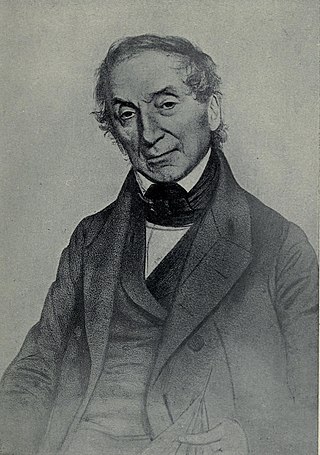
Nathaniel Wolff Wallich FRS FRSE was a surgeon and botanist of Danish origin who worked in India, initially in the Danish settlement near Calcutta and later for the Danish East India Company and the British East India Company. He was involved in the early development of the Calcutta Botanical Garden, describing many new plant species and developing a large herbarium collection which was distributed to collections in Europe. Several of the plants that he collected were named after him.

William Roxburgh FRSE FRCPE FLS was a Scottish surgeon and botanist who worked extensively in India, describing species and working on economic botany. He is known as the founding father of Indian botany. He published numerous works on Indian botany, illustrated by careful drawings made by Indian artists and accompanied by taxonomic descriptions of many plant species. Apart from the numerous species that he named, many species were named in his honour by his collaborators.

The Royal Botanic Garden Edinburgh (RBGE) is a scientific centre for the study of plants, their diversity and conservation, as well as a popular tourist attraction. Founded in 1670 as a physic garden to grow medicinal plants, today it occupies four sites across Scotland—Edinburgh, Dawyck, Logan and Benmore—each with its own specialist collection. The RBGE's living collection consists of more than 13,302 plant species, whilst the herbarium contains in excess of 3 million preserved specimens.
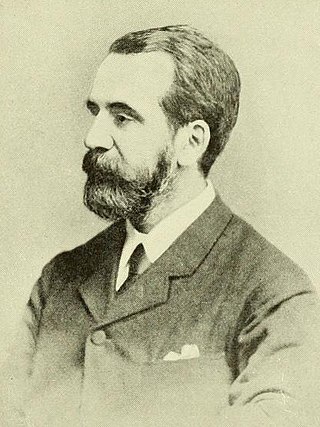
Sir George King was a British botanist who was appointed superintendent of the Royal Botanic Garden, Calcutta in 1871, and became the first Director of the Botanical Survey of India from 1890. He was recognised for his work in the cultivation of cinchona and for setting up a system for the inexpensive distribution of quinine throughout India through the postal system.
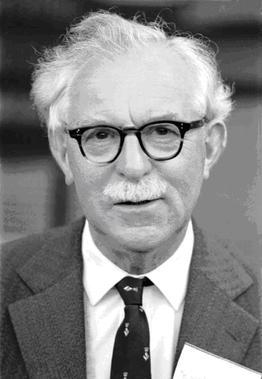
William Thomas Stearn was a British botanist. Born in Cambridge in 1911, he was largely self-educated and developed an early interest in books and natural history. His initial work experience was at a Cambridge bookshop, but he also had a position as an assistant in the university botany department. At the age of 29 he married Eldwyth Ruth Alford, who later became his collaborator, and he died in London in 2001.

Otto Wilhelm Sonder was a German botanist and pharmacist.

Robert Wight MD FRS FLS was a Scottish surgeon in the East India Company, whose professional career was spent entirely in southern India, where his greatest achievements were in botany – as an economic botanist and leading taxonomist in south India. He contributed to the introduction of American cotton. As a taxonomist he described 110 new genera and 1267 new species of flowering plants. He employed Indian botanical artists to illustrate many plants collected by himself and Indian collectors he trained. Some of these illustrations were published by William Hooker in Britain, but from 1838 he published a series of illustrated works in Madras including the uncoloured, six-volume Icones Plantarum Indiae Orientalis (1838–53) and two hand-coloured, two-volume works, the Illustrations of Indian Botany (1838–50) and Spicilegium Neilgherrense (1845–51). By the time he retired from India in 1853 he had published 2464 illustrations of Indian plants. The standard author abbreviation Wight is used to indicate this person as the author when citing a botanical name.
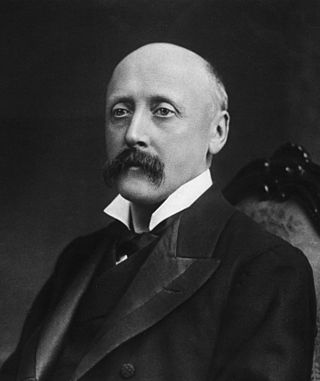
Sir Isaac Bayley Balfour, KBE, FRS, FRSE was a Scottish botanist. He was Regius Professor of Botany at the University of Glasgow from 1879 to 1885, Sherardian Professor of Botany at the University of Oxford from 1884 to 1888, and Professor of Botany at the University of Edinburgh from 1888 to 1922.

Otto Stapf FRS was an Austrian born botanist and taxonomist, the son of Joseph Stapf, who worked in the Hallstatt salt-mines. He grew up in Hallstatt and later published about the archaeological plant remains from the Late Bronze- and Iron Age mines that had been uncovered by his father.

Sir David Prain was a Scottish botanist who worked in India at the Calcutta Botanical Garden and went on to become Director of the Royal Botanic Gardens, Kew.

James Sykes Gamble was an English botanist who specialized in the flora of the Indian sub-continent; he became Director of the British Imperial Forest School at Dehradun, and a Fellow of the Royal Society.
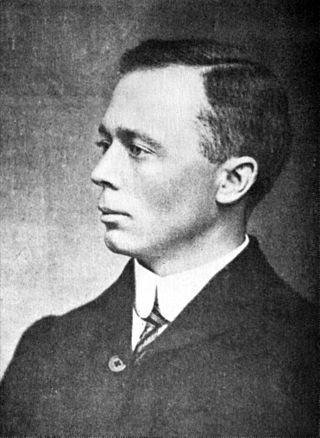
Henry Harold Welch Pearson was a British-born South African botanist, chiefly remembered for founding Kirstenbosch National Botanical Garden in 1913.
Sir William Wright Smith FRS FRSE FLS VMH LLD was a Scottish botanist and horticulturalist.

William Hunt Painter was an English botanist who made a significant contribution to the science of Derbyshire vascular plant flora. He was a keen and wide-ranging collector of plant specimens, and was a member of the Botanical Exchange Club. In 1889 he published the first in a series of four books, all by different authors and spanning 120 years, all called The Flora of Derbyshire.

Elian Emily Collins was an English botanist, naturalist and an early collector of plant specimens in Thailand. She discovered several plant species new to science and had numerous species named after her.
Fordyce Academy, known until the mid-19th century as Fordyce School, and also sometimes called Smith's Academy, was a famous grammar school in the village of Fordyce, Banffshire, Scotland, founded about 1592, refounded in 1790, and closed in 1964. By the early 20th century the school was so highly regarded in Scotland that it was known as "the Eton of the North".
Euphemia Cowan Barnett (1890–1970) was a Scottish botanist known for her research of the flora of Thailand, particularly Fagaceae. The standard author abbreviation Barnett is used to indicate this person as the author when citing a botanical name.
Dorothy G. Downie (1894–1960) was a Scottish botanist and forester. She is known for her research on the fungal symbionts and nutritional requirements of orchids.
Kalipada Biswas was an Indian botanist who specialized in the algae of the Indian region and worked at the Calcutta botanical garden erstwhile Royal Botanic Garden, becoming its first Indian director and heading it from 1937 to 1955.















